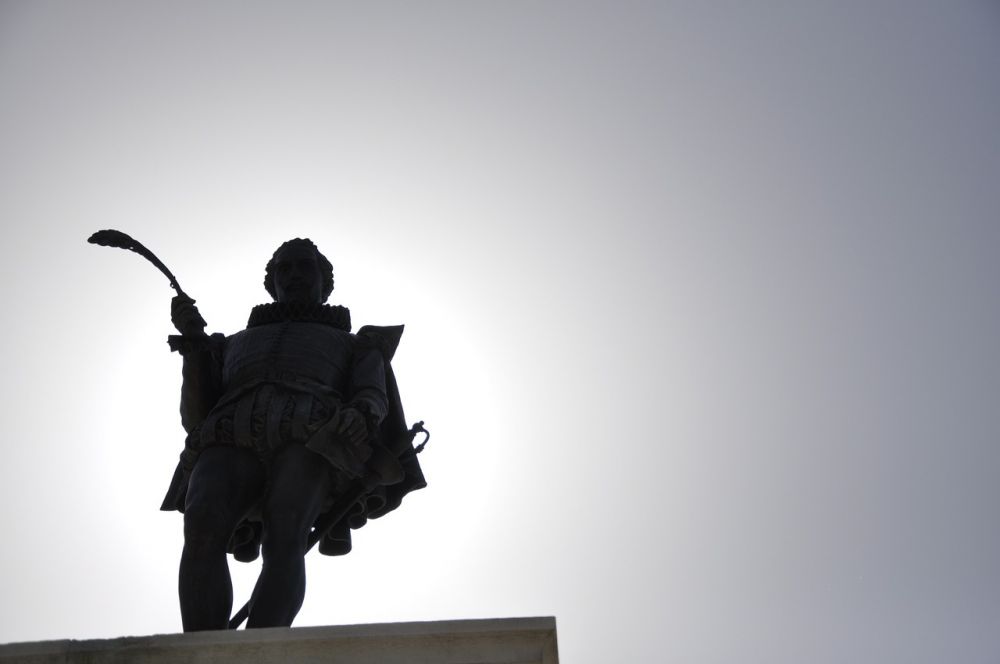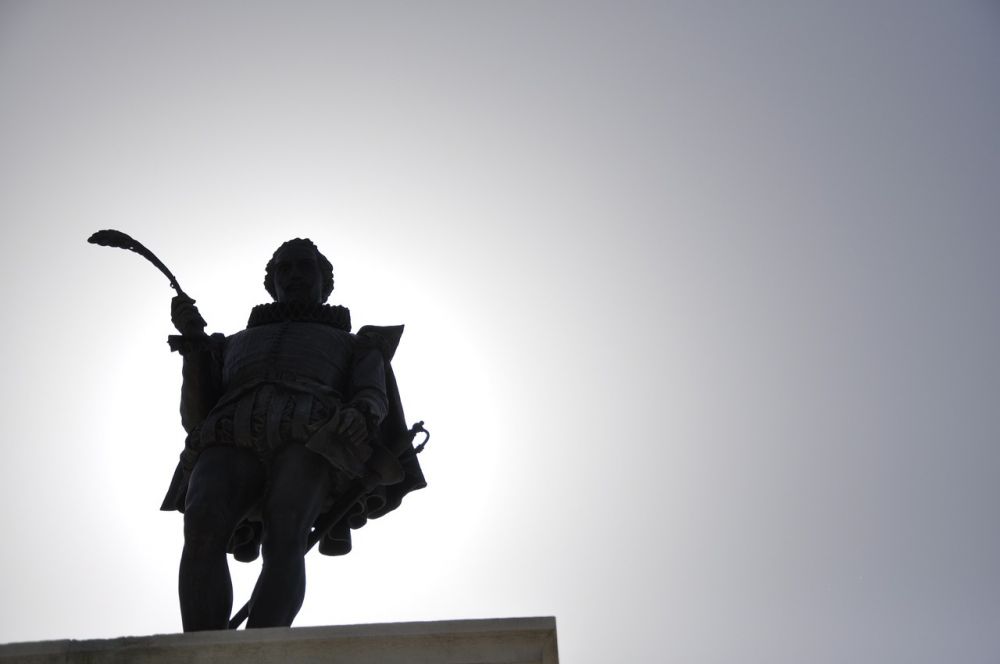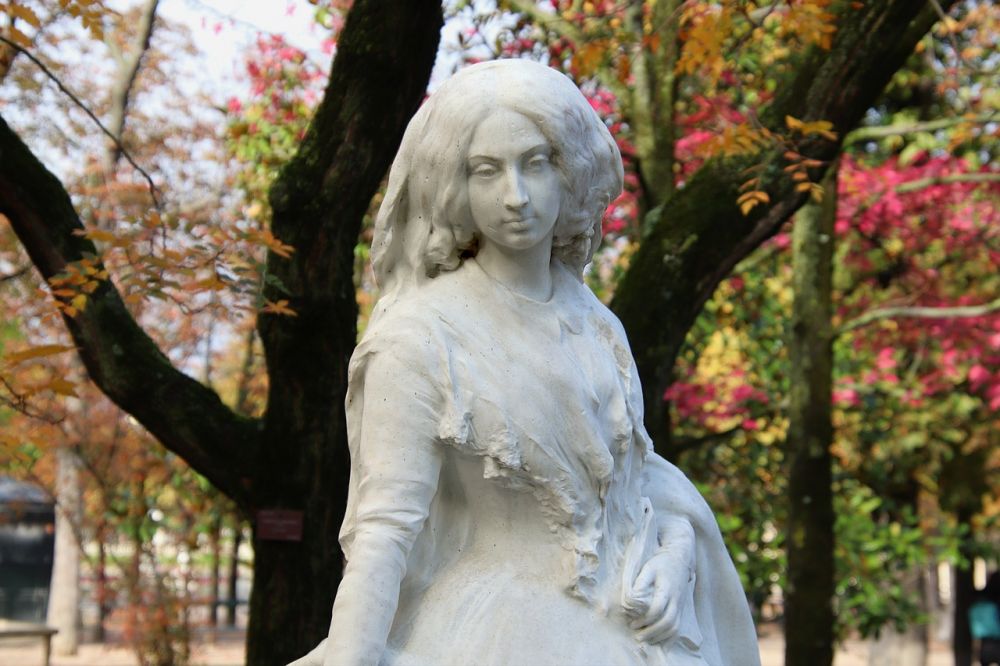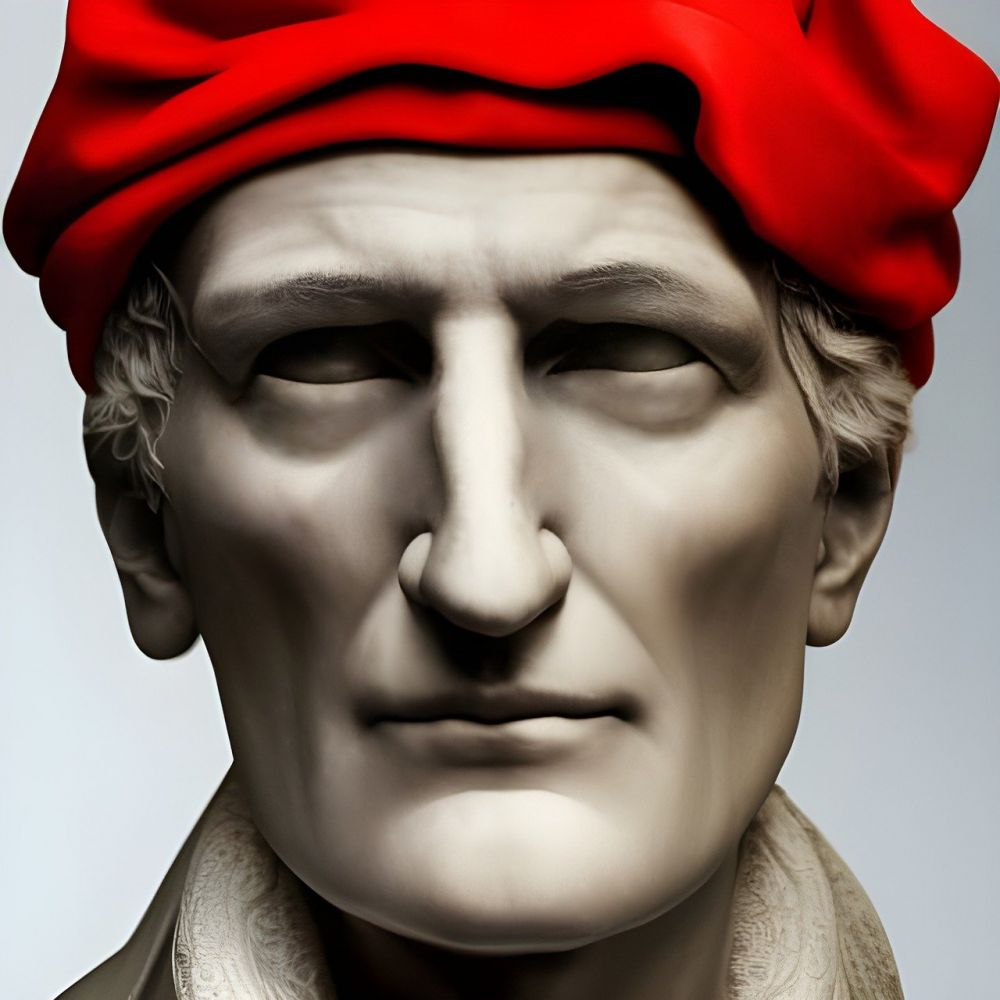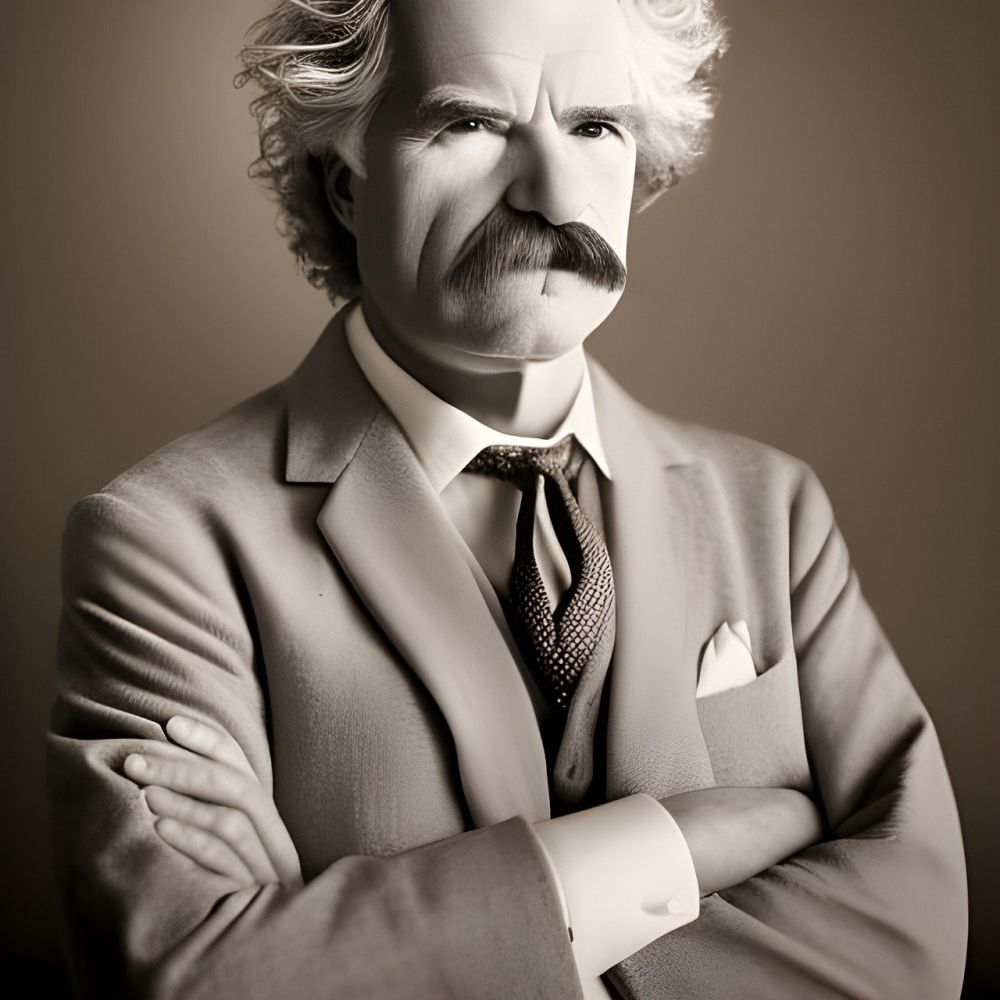Edgar Allan Poes The Raven: A Haunting Masterpiece of Gothic Poetry
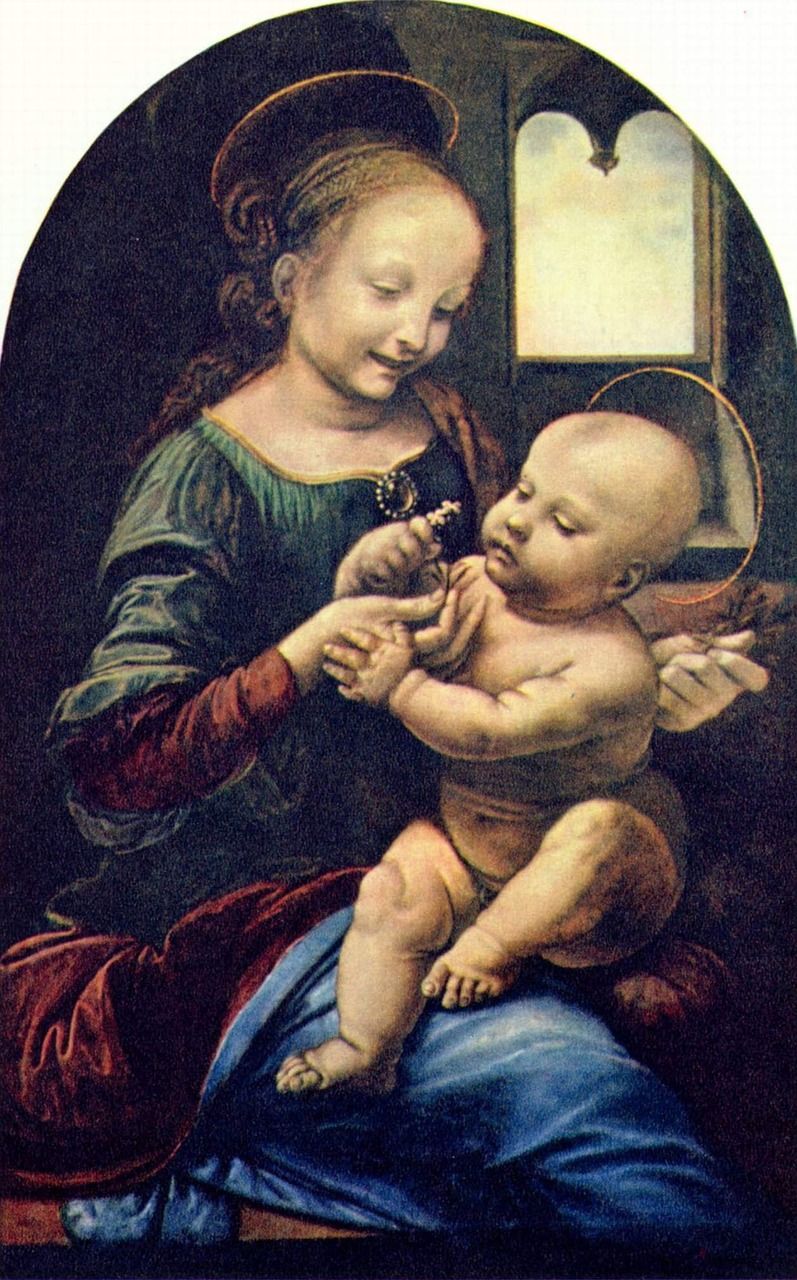
Introduction:
Edgar Allan Poe, the master of macabre and suspense, penned the haunting and enigmatic poem “The Raven” in 1845. Regarded as one of the most famous poems in American literature, “The Raven” explores themes of grief, loss, and the toll it takes on the human psyche. This profound and darkly captivating work continues to captivate readers and scholars alike, making it a vital piece of literary history.
Historical Evolution of “The Raven”:

“The Raven” was first published in the New York Evening Mirror on January 29, 1845. Its immediate popularity propelled Poe to literary fame and cemented his status as a leading figure in the American Romantic Movement. The poem’s dark atmosphere, vivid imagery, and musical composition made it an instant sensation.
Over time, “The Raven” has continued to capture the imagination of readers and has been subject to various interpretations and adaptations. It has inspired countless illustrations, paintings, and even musical compositions. Furthermore, it has become a popular subject of analysis in literary circles, exploring its themes, symbols, and underlying meanings.
Key Elements of “The Raven”:
1. Structure and Style:
“The Raven” follows a strict metrical pattern known as trochaic octameter, which adds to the poem’s musicality. Poe’s skilled use of alliteration and internal rhyme contribute to its lyrical quality, enhancing the poem’s haunting ambiance.
2. Themes and Symbolism:
Grief and Loss: “The Raven” delves into the depths of human sorrow and the lingering pain of loss. The raven itself is a symbol of grief and serves as a constant reminder of the protagonist’s despair.
The Supernatural: The presence of the raven and the eerie atmosphere created through vivid descriptions evoke a sense of the supernatural, blurring the boundaries between reality and imagination.
Madness and obsession: The protagonist’s descent into madness and obsession with the raven mirror Poe’s fascination with psychological exploration and the fragility of the human mind.
3. Influence and Legacy:
“The Raven” had a profound impact on both literature and popular culture. Its success sparked a revival of interest in poetry during the 19th century and solidified Poe’s reputation as a literary icon. Numerous authors, including H.P. Lovecraft and Stephen King, have drawn inspiration from Poe’s mastery of the macabre. Additionally, “The Raven” has been referenced and parodied in various forms of media, further cementing its place in popular culture.
Conclusion:
Edgar Allan Poe’s “The Raven” remains an enduring masterpiece, captivating readers with its haunting atmosphere, gripping narrative, and evocative symbolism. Its influence extends far beyond its initial publication, captivating subsequent generations of readers and inspiring countless interpretations. Through its exploration of grief, madness, and the supernatural, “The Raven” continues to resonate with audiences and remind us of the enduring power of Poe’s poetic genius.
References:
– Poe, Edgar Allan. “The Raven.” Poe Museum. [URL]
– Quinn, Patrick F. The French Face of Edgar Allan Poe. Southern Illinois University Press, 1992.
– Silverman, Kenneth. Edgar A. Poe: Mournful and Never-Ending Remembrance. Harper Perennial, 1991.

